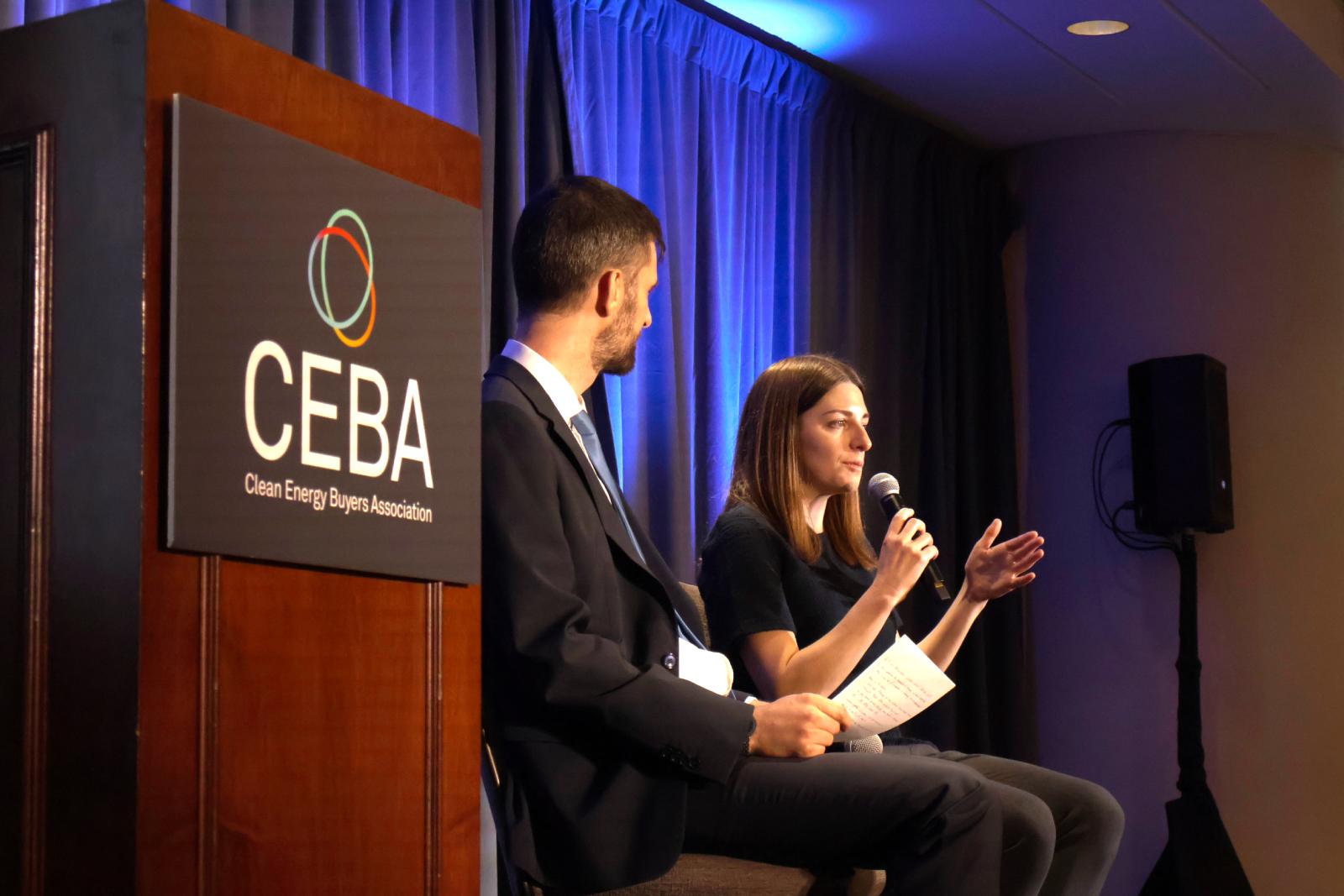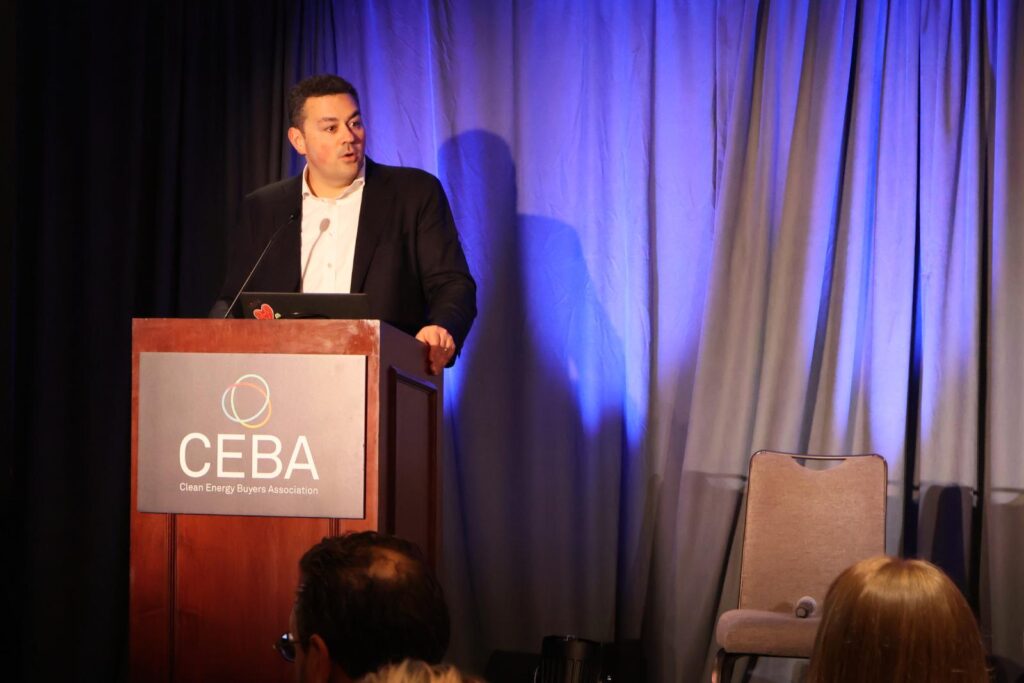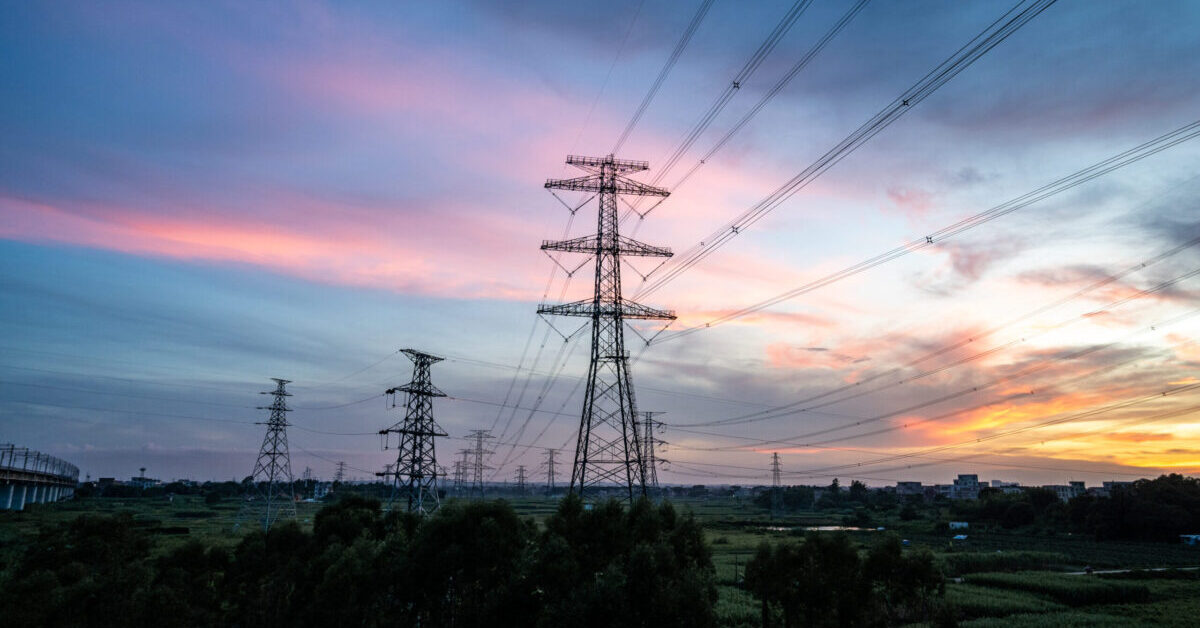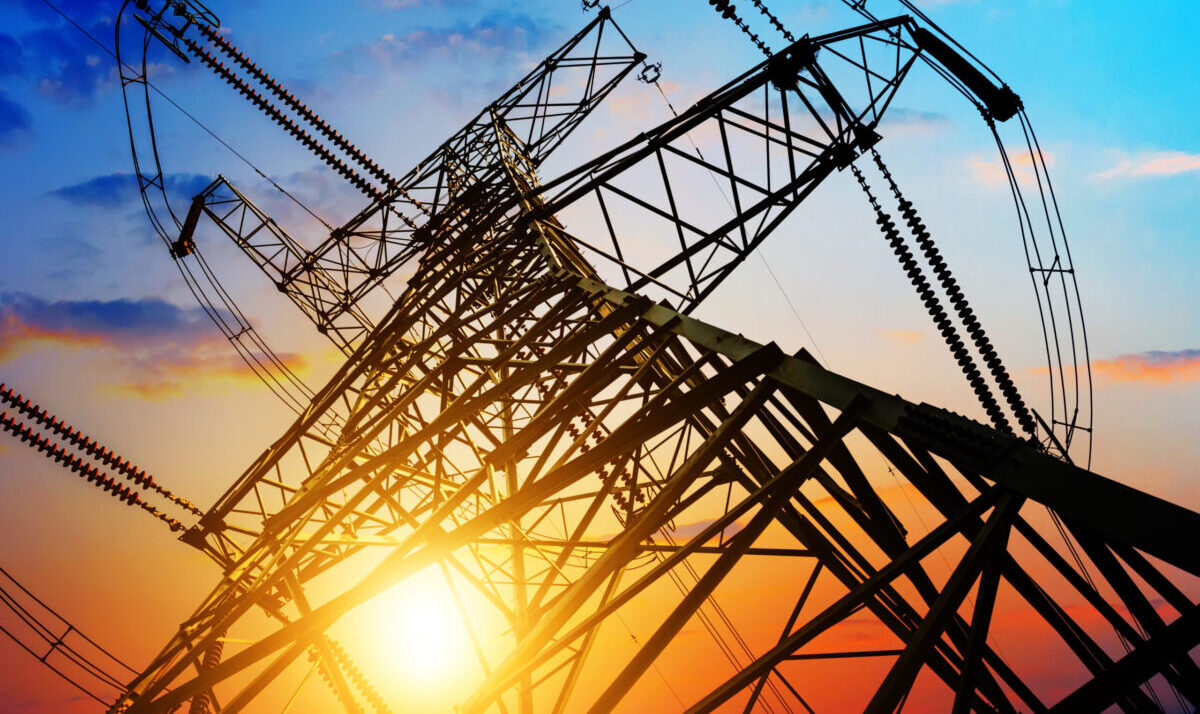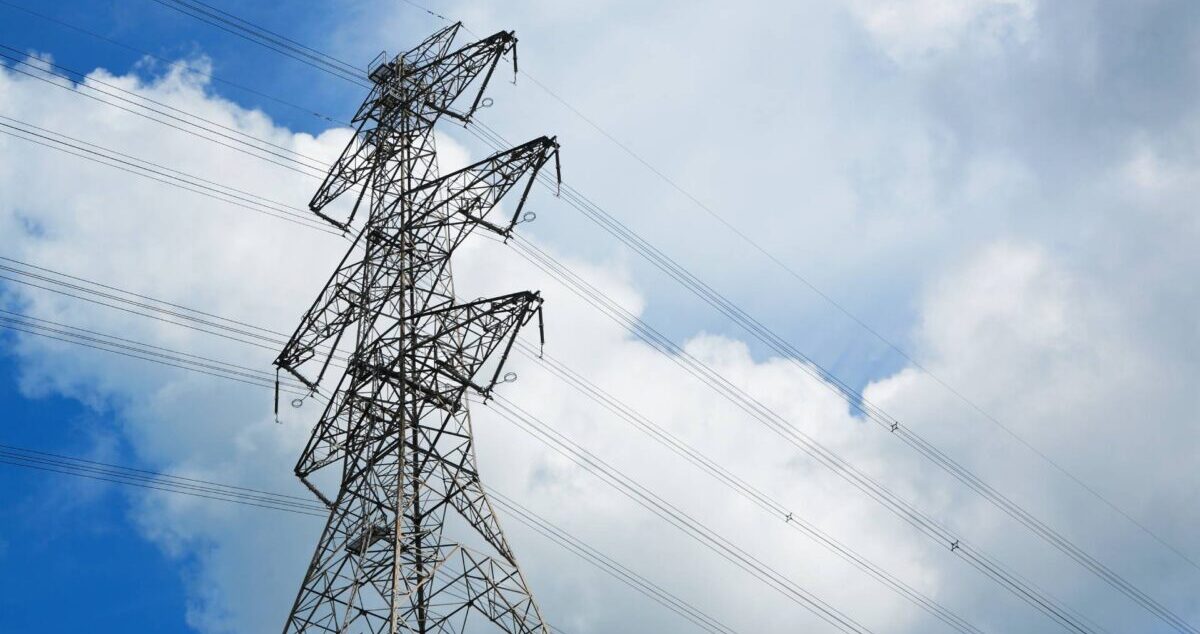CEBA’s Clean Energy Procurement Academy Launches Inaugural Training in Korea and Indonesia
Recent expansion in line with objective to impact supply chain decarbonization through education
By: Hanna Ye
The Clean Energy Buyers Association (CEBA) recently expanded its Clean Energy Procurement Academy — also referred to as the Academy — to Korea and Indonesia, hosting two in-person trainings in late August. The trainings attracted 50+ supply chain partners of large international buyers focused on reducing their Scope 3 — or indirect — emissions. Policymakers, energy developers, nonprofit think tanks, and other stakeholders involved in the local clean energy procurement sphere came together at the training to share their knowledge and suggestions with workshop attendees, with the goal of enabling more informed and timelier decarbonization actions along the value chain.

Enthusiasm for Clean Energy in Indonesia Despite Limited Procurement Pathway was held over two days in August in Jakarta. There, attendees gained foundational knowledge on the energy system and learned about corporate clean energy procurement mechanisms available in Indonesia, including the latest trends and insights for implementing each mechanism. Despite limited procurement pathways, attendees expressed eager demand to procure clean energy and engaged in conversations on how to navigate common challenges. Speakers from the governmental regulatory body expressed openness in hearing these concerns at the workshop. Later procurement discussions also involved both multinational companies and small businesses to share their learnings on clean energy procurement.
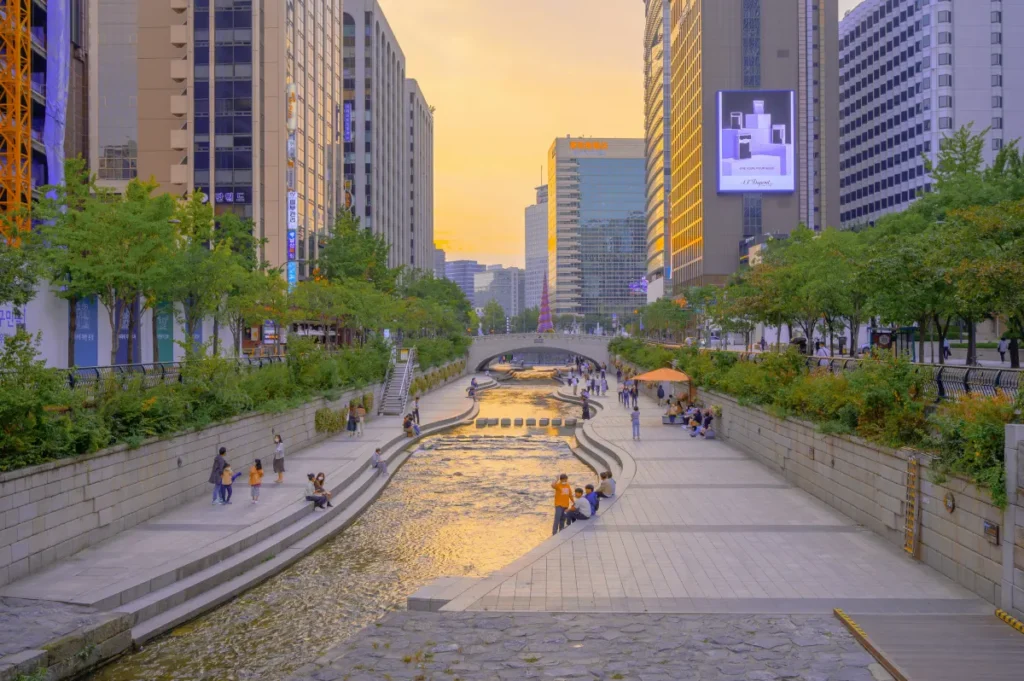
Also in August, the Focus on Education to Action in South Korea workshop was held in Seoul. Attendees followed a similar training structure to that of Indonesia, with a focus on corporate clean energy procurement pathways in Korea, although with more procurement options available than those in Indonesia. Speakers from key stakeholder organizations dived deep into market dynamics, including clean energy procurement and financing mechanisms, cost of available clean energy projects, and outlook on future corporate procurement pathways.
Both workshops incorporated hands-on case studies for participants to gain practical skills and learn from their peers. Academy trainings focus on creating interactive learning and engagement opportunities to help participants better understand and retain the content. The in-person experience also allows participants to make key connections and fosters discussions and collaboration that last beyond the training.
The Academy will host in-person clean energy procurement trainings in China, Vietnam, Korea, India, and Indonesia throughout the remainder of 2025 and into next year, and will continue to enroll suppliers in digital Academy courses.
In addition, CEBA is hosting a Regional Spotlight Webinar Series focused on clean energy procurement in APAC markets, including India, Taiwan, Mainland China, Indonesia, and South Korea. Please join us and register here: Regional Spotlight Series — CEBA.
To learn more about the Academy and CEBA’s global efforts, please visit us here: Global Programs — CEBA.


